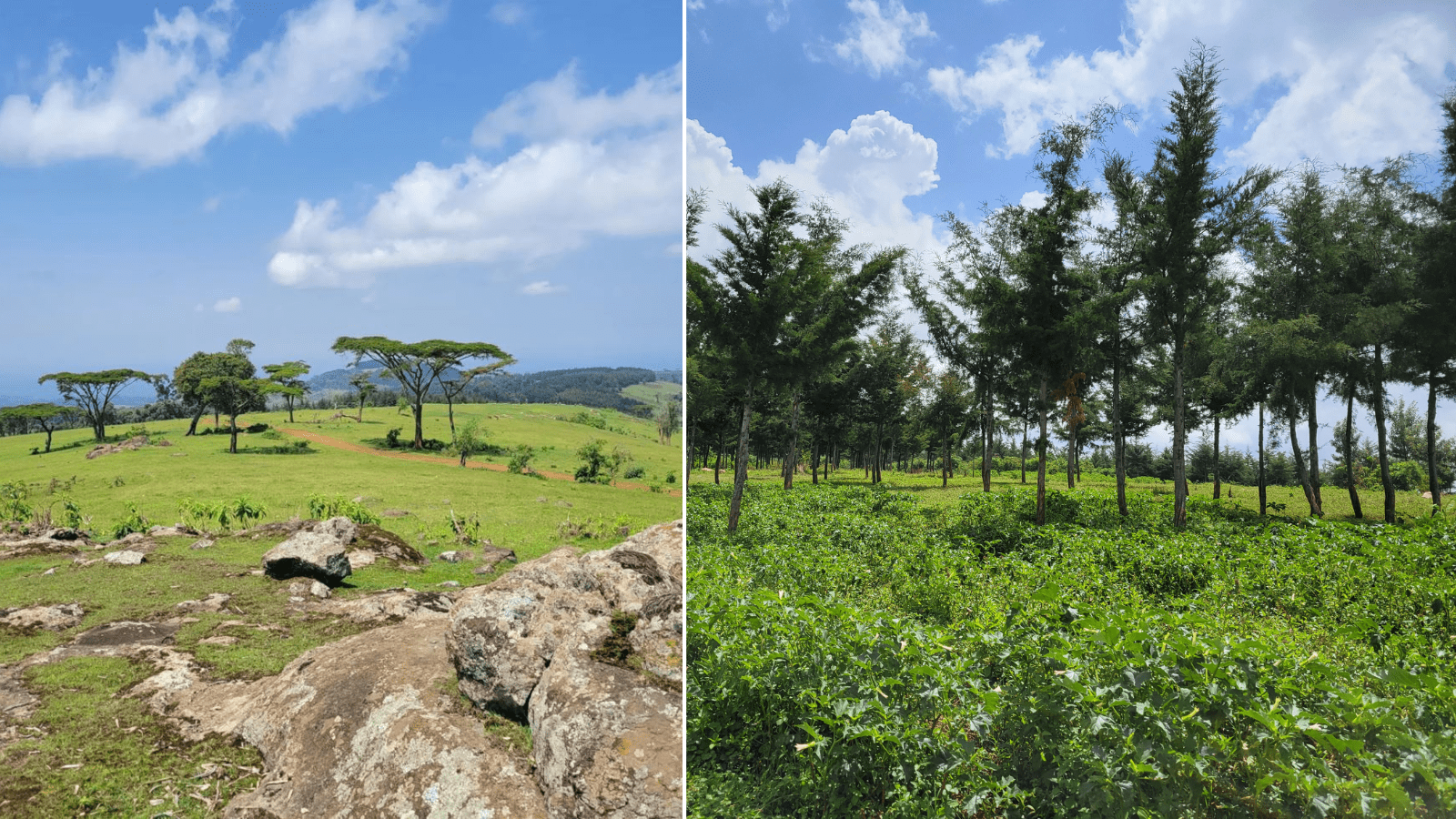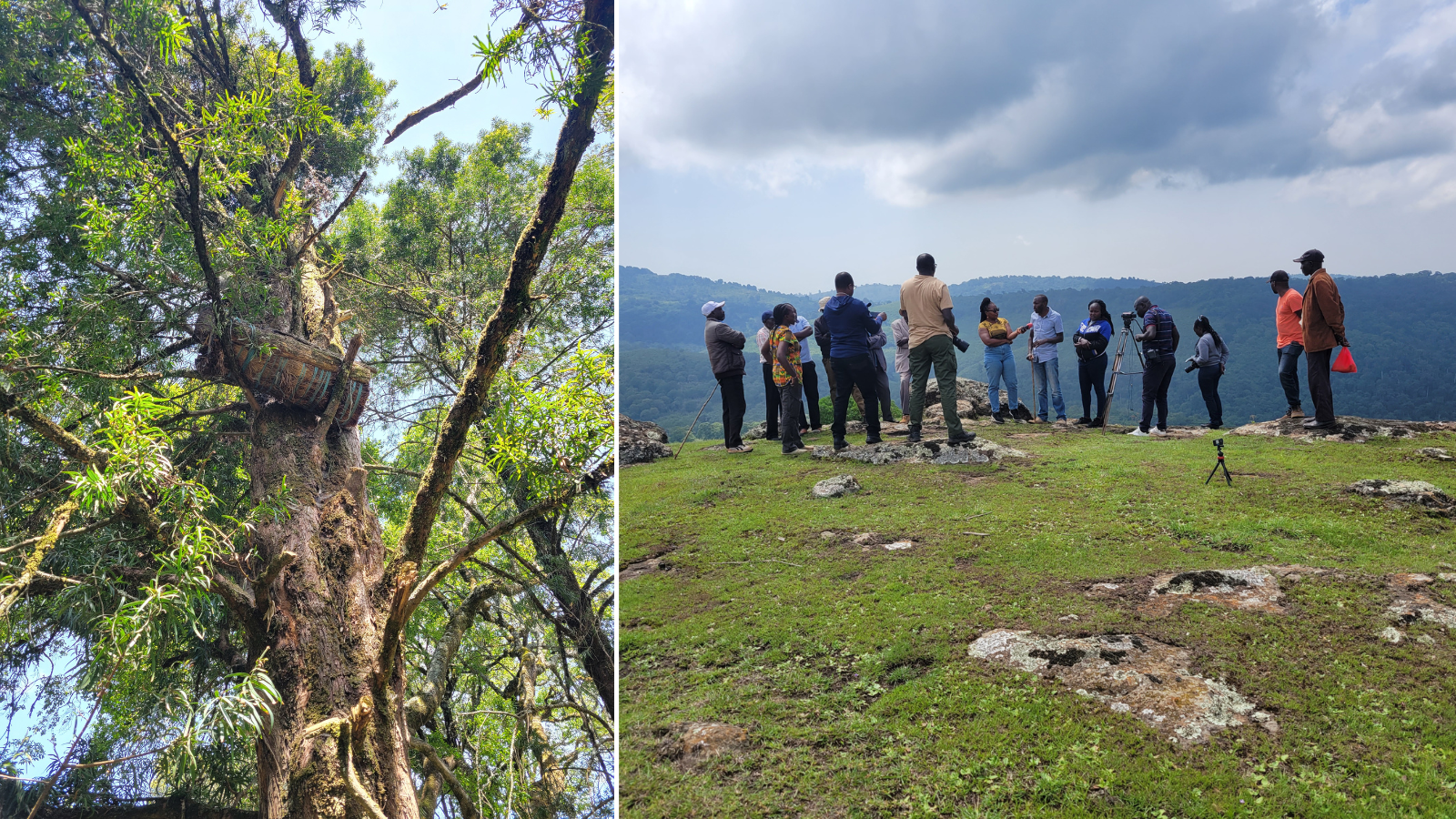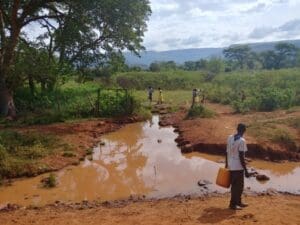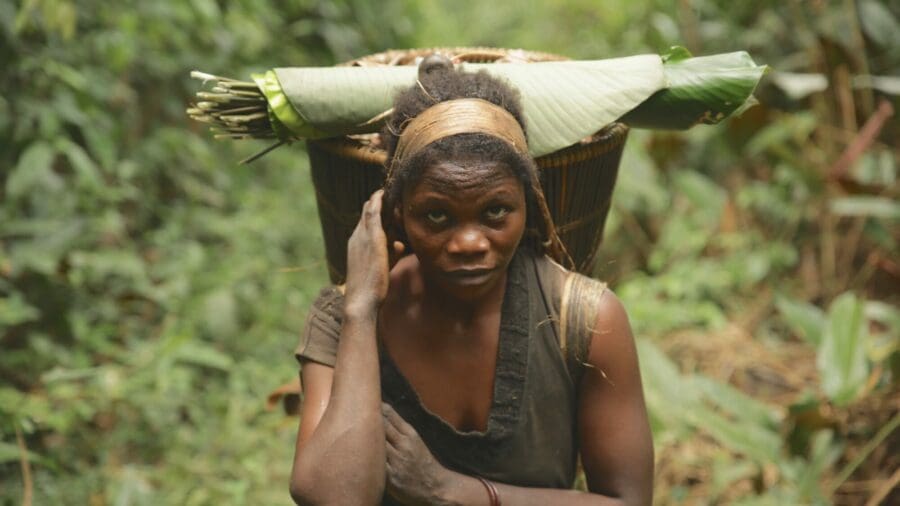Across the beautiful landscape of Mt. Elgon Forest Reserve, Chepkitale Community Land and Mt. Elgon National Park, which straddles the borders of Kenya and Uganda, governments have long painted country, county and community borders in ways designed to expel or make invisible the Indigenous Ogiek community who have protected the region’s forests for millennia.
In collaboration with the Ogiek of Mt. Elgon’s local community-based organization, the Chepkitale Indigenous Peoples’ Development Project (CIPDP), RRI recently organized a visit to shine light on the transformative role of community-led conservation in protecting the biodiversity-rich forests of Mt. Elgon.
The visit aimed to bring the Ogiek’s remarkable story to the first-ever IUCN Africa Protected Areas Congress (APAC) taking place in Kigali, Rwanda in July 2022.
On June 13-18, I accompanied my colleagues Patrick Kipalu and Kendi Borona and two independent journalists to Chepkitale, a remote hunter-gatherer community situated inside the boundary of the “protected areas” of Mt. Elgon, to see first-hand how the Ogiek are protecting a landscape home to 400 vegetative species and at least 144 bird species.
This is a snapshot of what we learned.

Indigenous knowledge protects biodiversity
Piled into an off-road vehicle driving west along one of the only paved roads we’d see for the next few days, we made a quick stop at a viewpoint on top of a hill.
This hill, and the beautiful surroundings it overlooks, used to belong to the Ogiek of Mt. Elgon before it was grabbed during the colonial period in the early 20th century. Now, the Kenya Forest Service (KFS) is replacing the region’s natural resources with non-native tree plantations.
Tree plantations such as the one photographed above are common in the lower mountainous region of the gazetted Mt. Elgon Forest Reserve and are part of the controversial Shamba System that the Kenyan government, and subsequently KFS, have been implementing in one form or another since the colonial period. Also known as the Plantation Establishment for Livelihood Improvement Scheme (PELIS), KFS cuts native forests and replaces them with plantations of quick-growing and imported foreign tree species. These trees are subsequently sold to commercial timber companies and logged.
The observed negative changes to the local biodiversity are proof that these tree plantations are harmful to both local wildlife and the environment since they are unable to achieve the crucial ecological functions that a natural biologically rich forest ecosystem can provide.
As we drove further up the mountain and into customary Ogiek territory, the landscape changed dramatically. The trees became denser and more diverse, the plantations all but disappeared, and animals like cattle and goat became more populous. We quickly learned that this was not a coincidence, but a result of community-led conservation.









